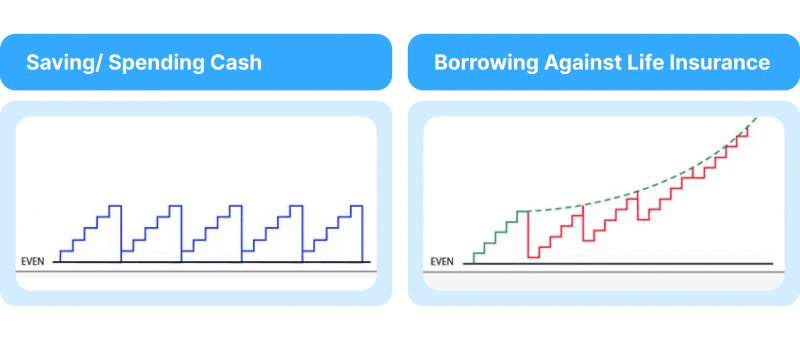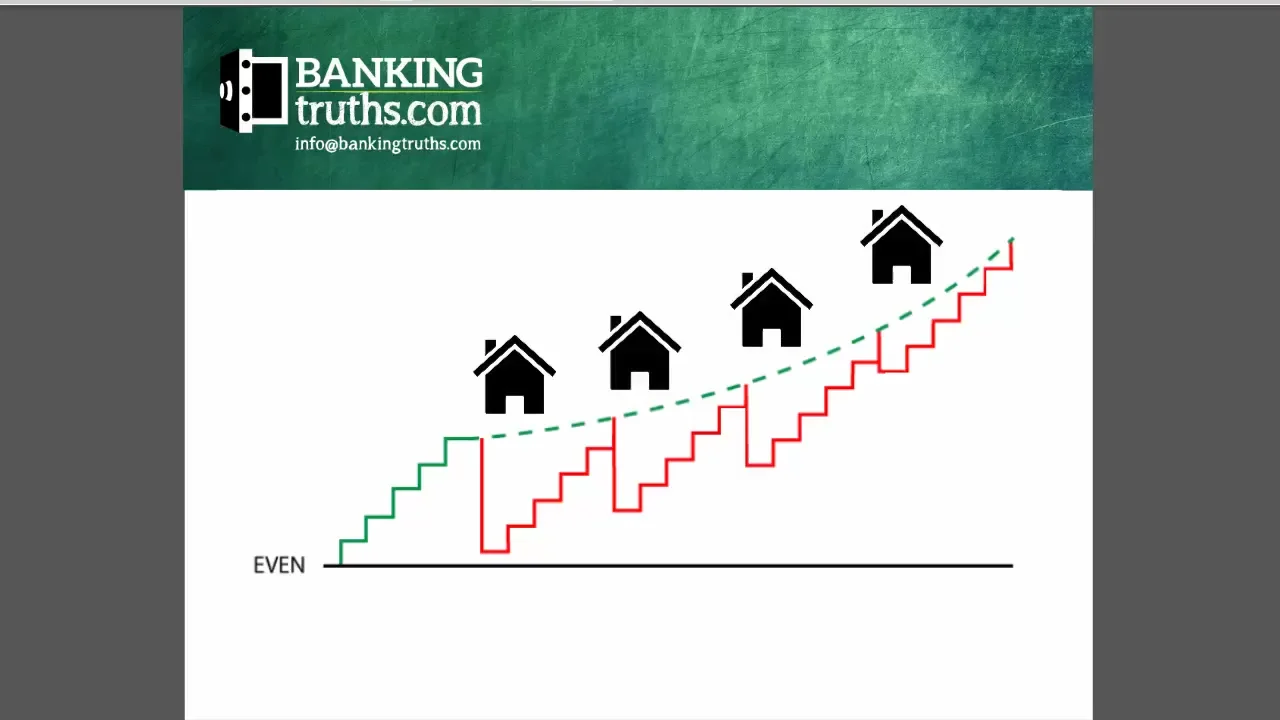All Categories
Featured
Table of Contents
Okay, to be reasonable you're truly "financial with an insurance business" as opposed to "banking on yourself", however that principle is not as very easy to market. Why the term "limitless" financial? The concept is to have your money working in numerous locations at once, as opposed to in a single place. It's a bit like the concept of buying a home with money, then obtaining against your home and putting the cash to work in an additional investment.
Some individuals like to chat concerning the "rate of cash", which essentially suggests the very same thing. In reality, you are simply taking full advantage of take advantage of, which works, however, naturally, works both methods. Frankly, every one of these terms are rip-offs, as you will see listed below. That does not mean there is nothing rewarding to this idea once you get past the marketing.
The entire life insurance sector is afflicted by excessively pricey insurance coverage, enormous compensations, unethical sales practices, low prices of return, and poorly educated clients and salespeople. However if you intend to "Bank on Yourself", you're mosting likely to need to fall to this sector and really buy entire life insurance policy. There is no replacement.
The warranties inherent in this product are essential to its function. You can borrow versus the majority of kinds of money value life insurance policy, however you shouldn't "financial institution" with them. As you buy an entire life insurance policy policy to "bank" with, keep in mind that this is an entirely separate area of your economic plan from the life insurance policy section.
As you will certainly see below, your "Infinite Financial" plan actually is not going to reliably supply this crucial financial function. Another trouble with the reality that IB/BOY/LEAP counts, at its core, on a whole life plan is that it can make buying a policy problematic for many of those interested in doing so.
Infinite Banking Concept Canada
Hazardous hobbies such as SCUBA diving, rock climbing, skydiving, or flying also do not blend well with life insurance coverage products. That might function out fine, considering that the factor of the policy is not the fatality benefit, however bear in mind that purchasing a plan on small kids is much more pricey than it needs to be given that they are normally underwritten at a "standard" rate instead than a preferred one.

A lot of plans are structured to do one of 2 points. A lot of commonly, plans are structured to make best use of the commission to the agent offering it. Negative? Yes. However it's the truth. The commission on an entire life insurance coverage policy is 50-110% of the first year's costs. In some cases plans are structured to take full advantage of the survivor benefit for the premiums paid.
The rate of return on the plan is really essential. One of the ideal means to make the most of that element is to obtain as much cash as feasible into the plan.
The ideal method to boost the price of return of a policy is to have a reasonably small "base plan", and then put more money into it with "paid-up enhancements". With more money in the policy, there is even more cash worth left after the costs of the death advantage are paid.
A fringe benefit of a paid-up addition over a normal premium is that the payment rate is reduced (like 3-4% as opposed to 50-110%) on paid-up enhancements than the base policy. The much less you pay in compensation, the greater your rate of return. The price of return on your money worth is still going to be adverse for a while, like all cash money worth insurance plan.
The majority of insurance companies just offer "straight recognition" financings. With a direct acknowledgment financing, if you borrow out $50K, the returns rate applied to the cash money worth each year only applies to the $150K left in the policy.
Infinite Banking Scam
With a non-direct acknowledgment financing, the business still pays the same dividend, whether you have actually "obtained the money out" (technically versus) the plan or not. Crazy? Who understands?
The companies do not have a resource of magic complimentary cash, so what they give in one area in the plan should be drawn from one more place. But if it is extracted from a feature you care less around and take into an attribute you care much more around, that is an advantage for you.
There is one more critical attribute, generally called "wash financings". While it is great to still have rewards paid on cash you have gotten of the policy, you still need to pay interest on that funding. If the dividend price is 4% and the finance is charging 8%, you're not exactly coming out ahead.
With a laundry finance, your finance rates of interest is the exact same as the dividend rate on the policy. While you are paying 5% interest on the finance, that passion is entirely offset by the 5% returns on the loan. So in that respect, it acts much like you withdrew the cash from a checking account.

5%-5% = 0%-0%. Same exact same. Hence, you are currently "banking on yourself." Without all 3 of these factors, this policy merely is not mosting likely to work effectively for IB/BOY/LEAP. The largest problem with IB/BOY/LEAP is the people pressing it. Virtually all of them stand to make money from you purchasing into this principle.
As a matter of fact, there are several insurance policy agents speaking concerning IB/BOY/LEAP as a function of whole life who are not actually marketing plans with the necessary attributes to do it! The trouble is that those who know the principle best have a substantial problem of interest and usually blow up the advantages of the concept (and the underlying policy).
Whole Life Infinite Banking
You must compare loaning against your policy to taking out money from your cost savings account. Return to the start. When you have nothing. No deposit. No cash in investments. No cash in cash worth life insurance. You are confronted with a choice. You can put the cash in the financial institution, you can invest it, or you can acquire an IB/BOY/LEAP plan.
It expands as the account pays rate of interest. You pay taxes on the passion yearly. When it comes time to acquire the boat, you take out the money and get the watercraft. After that you can conserve some more cash and put it back in the financial account to begin to gain passion once more.
When it comes time to purchase the boat, you market the financial investment and pay tax obligations on your lengthy term funding gains. You can conserve some more money and acquire some even more investments.
The cash money worth not utilized to spend for insurance coverage and commissions expands over the years at the reward price without tax obligation drag. It begins out with adverse returns, but hopefully by year 5 or so has actually recovered cost and is growing at the returns rate. When you go to purchase the boat, you obtain versus the policy tax-free.
Infinite Banking Concept Life Insurance
As you pay it back, the money you paid back begins expanding again at the reward price. Those all work pretty in a similar way and you can contrast the after-tax rates of return. The 4th choice, however, functions very in different ways. You do not conserve any kind of cash neither get any type of kind of financial investment for years.
They run your debt and offer you a loan. You pay passion on the borrowed cash to the financial institution till the lending is settled. When it is repaid, you have a nearly useless watercraft and no money. As you can see, that is not anything like the very first 3 options.
Latest Posts
Infinite Banking Concept Scam
Infinite Banking Concept Wiki
Life Insurance - Create Your Own Bank - Prevail